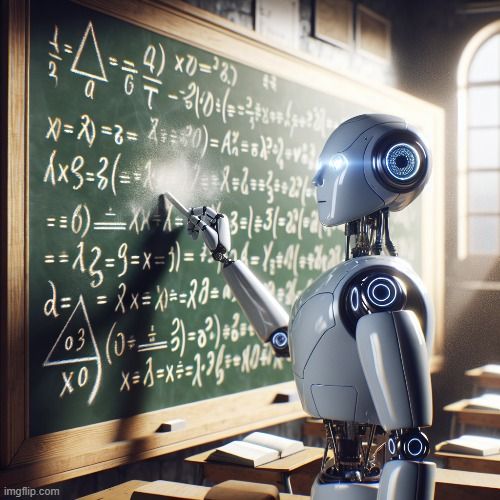 Photo by Mohamed Nohassi on Unsplash
Photo by Mohamed Nohassi on UnsplashCan artificial intelligence (AI) do math? The answer is complicated!
AI was meant to be a natural language processor or NLP. NLPs were designed "to enable computers to understand and communicate with human language."
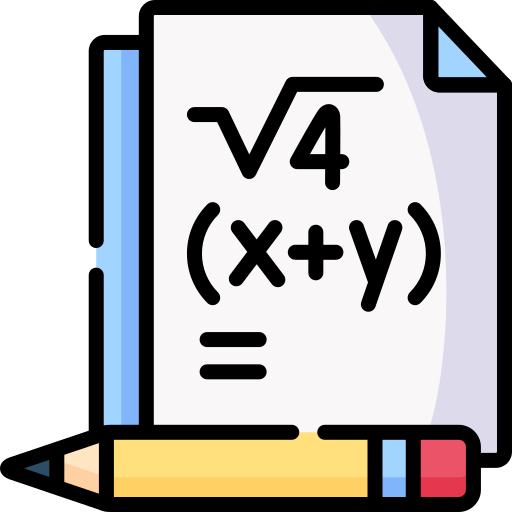
If you've ever done math problems, you know that math is a language all its own! The combination of symbols, numbers, letters, equations, and words must be interpreted correctly to get the correct answer or result.
Since math is a complicated language, AI can find it difficult to do math. However, AI for math has some pros alongside its cons.
Pros of AI for Math
AI is an ever-evolving platform. You might say, "There's an AI for that!"
While conventional or natural language processors aren't well suited to solving math problems, AI can solve complex math.
A quick Google search will turn up numerous AI math problem solvers. Many can solve a math problem in seconds compared to working it out with paper and pencil.
Top 10 math AI problem solvers:
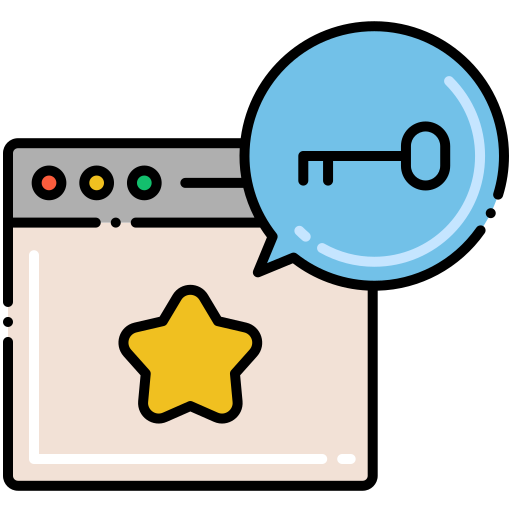
Some key features of popular AI math solvers are listed in the chart below. The advantages or pros of each AI math solver are indicated by a green check, while a red "x" signifies disadvantages or cons.
Notice the green checks or pros.
AI math solvers have many advantages, including step solutions, recognition of handwritten equations, and coverage of multiple math topics.
Other benefits of using AI math solvers:
Use your phone or an app to scan a problem
Get instant or immediate answers to problems
Get explanations at different difficulty levels
Grasp the math context more readily with visual and interactive solutions
Reduce your math anxiety and build confidence
Cons of AI for Math
 Photo by Steve Johnson on Unsplash
Photo by Steve Johnson on UnsplashNo matter the grade level or math content, solving math problems with AI can seem like a dream come true! But before you do a happy dance, remember that most testing situations won't permit an outside calculator, let alone a cell phone.
You'll still need to be able to solve the problem with a pencil and paper. You should also know that some AI math solvers have limitations.
Look again at the key features of popular AI math solvers. This time, notice the red "x" or cons:
As you might have noticed, none of these AI math solvers work in an offline mode, which means you would always need an internet connection.
Other disadvantages are the lack of graphing ability (PhotoMath), advanced problem-solving (PhotoMath and Mathway), and human assistance (PhotoMath, Mathway, and Symolab).
Other downsides of AI math solvers include:

Limited real-world problem-solving abilities: Compared to a knowledgeable teacher in mathematics, AI math solvers are babies with limited depth of learning achieved.

Errors occur in complex problems: AI math solvers will struggle with highly advanced or quirky questions, such as those with vague wording or multiple interpretations.
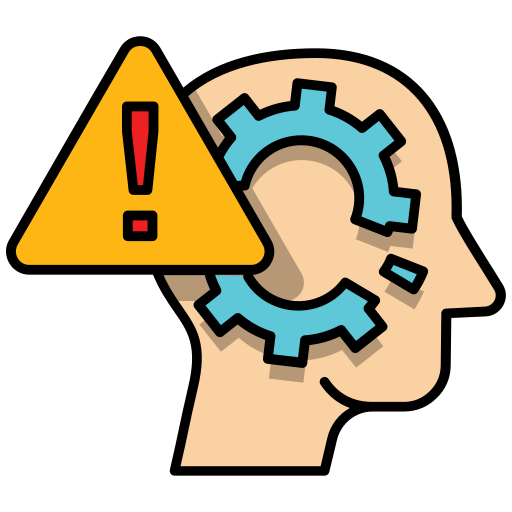 You don't want to over-rely on AI math solvers, either.
You don't want to over-rely on AI math solvers, either.
Developing critical thinking skills is...well, critical! Focus on solving the problem, not just getting the answer.
Quiz
Jordan uses an AI math solver to get the answer to a tough calculus problem. It works — but he realizes he doesn’t understand how the solution was found. What should Jordan do to actually learn from the AI tool?
Take Action
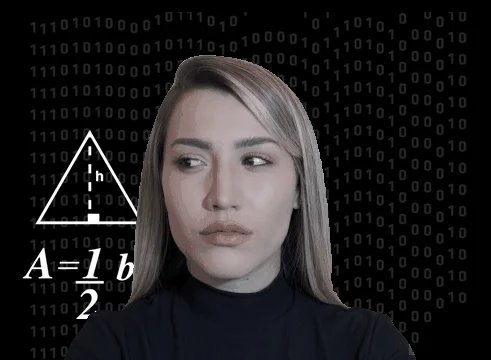
Before you use AI for math, check out the resources below to learn how AI for math can improve your scores — and check out some AI math solvers for yourself!
Your feedback matters to us.
This Byte helped me better understand the topic.

